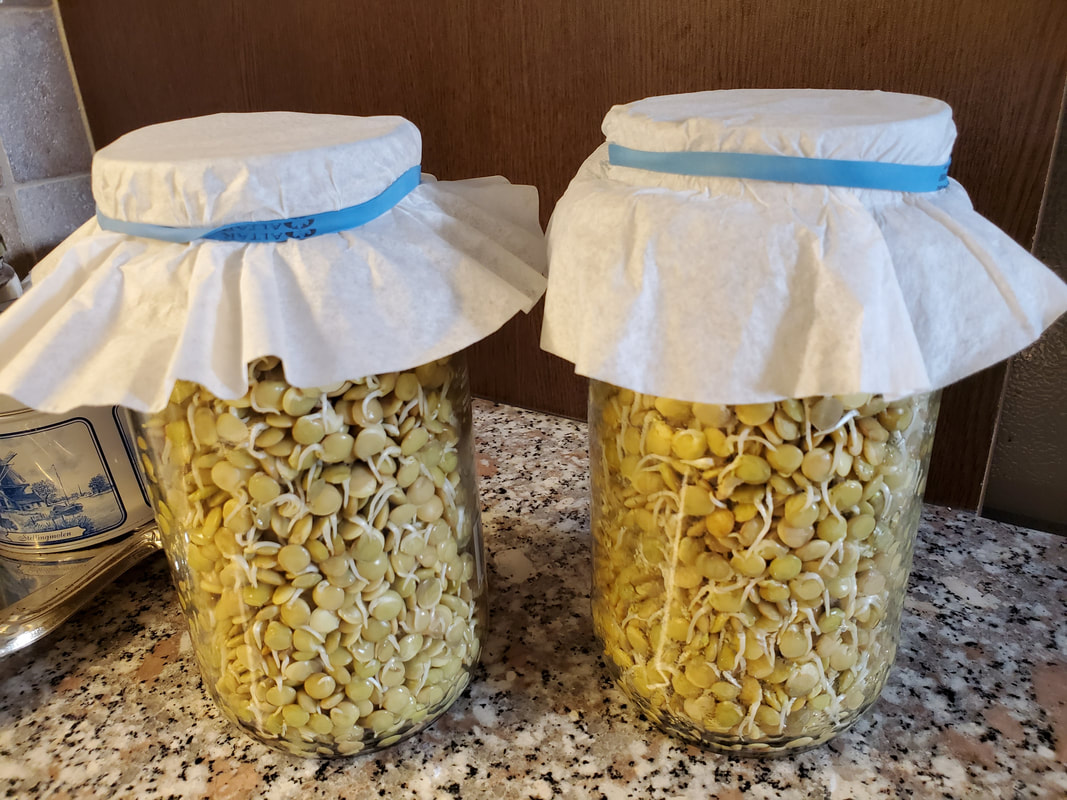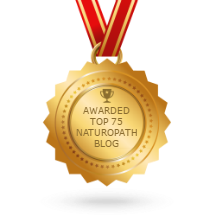|
If the current warnings about upcoming meat shortages make you uneasy, you aren’t the only one. Many of us, especially those with irritable bowel syndrome (IBS), don’t digest the most common source of plant-based protein (beans and lentils) very well. Having no access to meat can conjure up images of bloated bellies, painful abdomens, and flatulence… And who wants more of that? Luckily, many of us CAN transition to eating more legumes (including beans, lentils, and peas) with few side effects, if we do so in a controlled and intelligent manner. I know it’s possible because I myself could not digest them very easily only a few months ago and have made some progress in the last couple of months! Why Legumes Are Difficult To Digest There are various reasons why legumes are more difficult to digest.
Your Gut Microbiome Changes With Your Diet The makeup of your gut microbiome (that fine balance of microbes that create a diverse “garden” in your digestive system) changes based on what you are eating. If you aren’t used to eating beans, then you won’t have many bacteria in your gut that will help you digest them. Makes sense, no? So, if possible, it would be less painful to slowly add more plant-based protein into your diet rather than changing everything overnight. This gradual process will allow your gut microbiome to slowly adjust and grow the type of bacteria that will be helpful to you as you embark on this change in your diet, with minimized bloat. Try once a week, then twice a week, moving forward if you seem to be doing well. The changes in your gut bacteria can start to occur within one week of starting to eat more legumes, but will revert if you stop. Which Legumes Are Best To Start With? The ”sweeter” legumes, those that are typically associated with sprouting, are usually considered more digestible. Lentils have been my first go-to. Others in this category include adzuki beans, mung beans, and black-eyed peas. Those that tend to be most difficult to digest have a harder outer skin, and include lima beans, soybeans, and navy beans – leave these to when you are a pro! Cooking Hacks To Make Your Legumes More Digestible If you’re ready to give legumes a shot, here are a few tricks to make them more digestible:
Hopefully this was helpful to you! And don’t forget about other sources of vegetarian protein, including hemp hearts, other nuts and seeds, and eggs that you can rely on while you work on the legumes. If legumes are your nemesis, you may benefit from specific digestive enzymes and digestive support. You may also be dealing with a more complex issue such as irritable bowel syndrome (IBS) – just get in touch and I can help! In health, Dr. Tamar References Holscher H. D. (2017). Dietary fiber and prebiotics and the gastrointestinal microbiota. Gut microbes, 8(2), 172–184. https://doi.org/10.1080/19490976.2017.1290756 Messina, V. (2014). Nutritional and health benefits of dried beans. Am J Clin Nutr, Jul, 100 Suppl 1, 437S-442S. . doi: 10.3945/ajcn.113.071472 Samsel, A., & Seneff, S. (2013). Glyphosate, pathways to modern diseases II: Celiac sprue and gluten intolerance. Interdisciplinary toxicology, 6(4), 159–184. https://doi.org/10.2478/intox-2013-0026 Tomova, A., Bukovsky, I., Rembert, E., Yonas, W., Alwarith, J., Barnard, N. D., & Kahleova, H. (2019). The Effects of Vegetarian and Vegan Diets on Gut Microbiota. Frontiers in nutrition, 6, 47. https://doi.org/10.3389/fnut.2019.00047
0 Comments
Your comment will be posted after it is approved.
Leave a Reply. |
AuthorDr. Tamar Ferreira is a Naturopathic Doctor in Brampton, Ontario. Her areas of focus include digestive health, hormone balance, and skin conditions. Topics
All
Archives
May 2020
|
118 Queen St. W., Suite 205
Brampton, ON
L6X 1A5
905-451-3963




 RSS Feed
RSS Feed